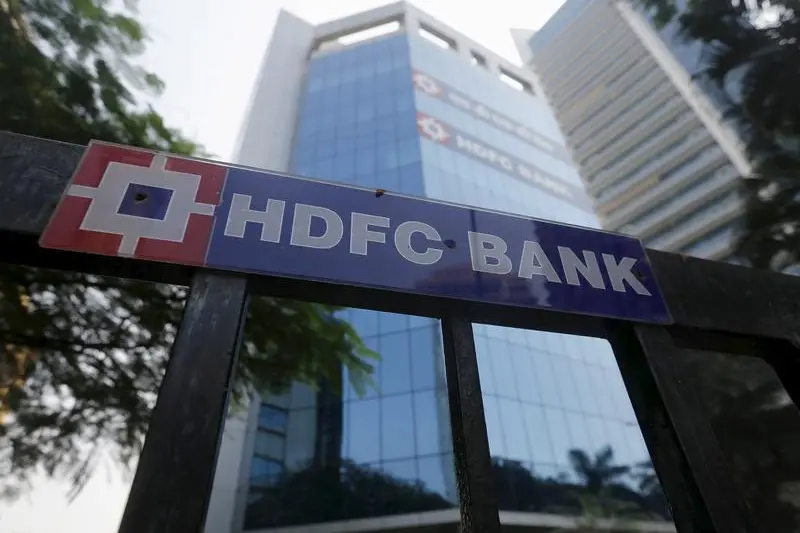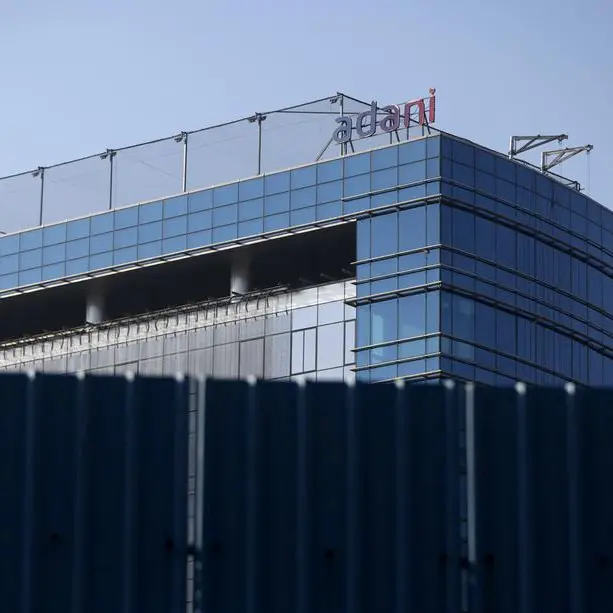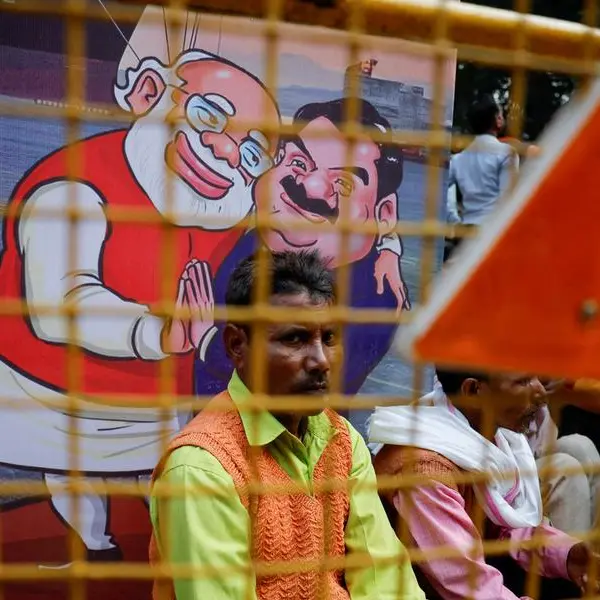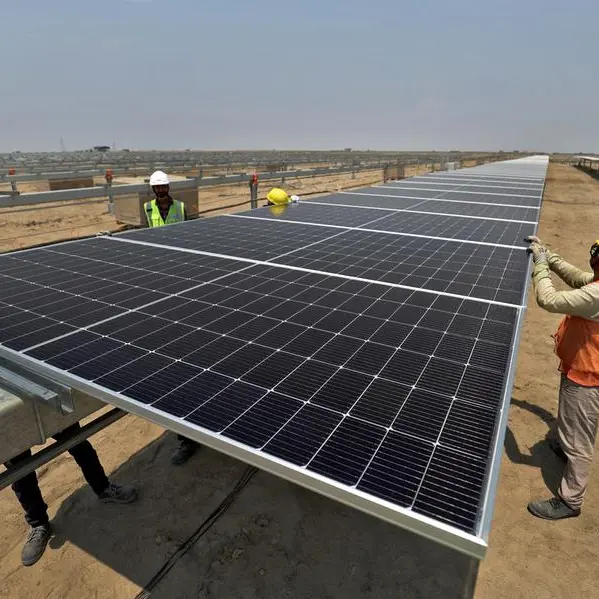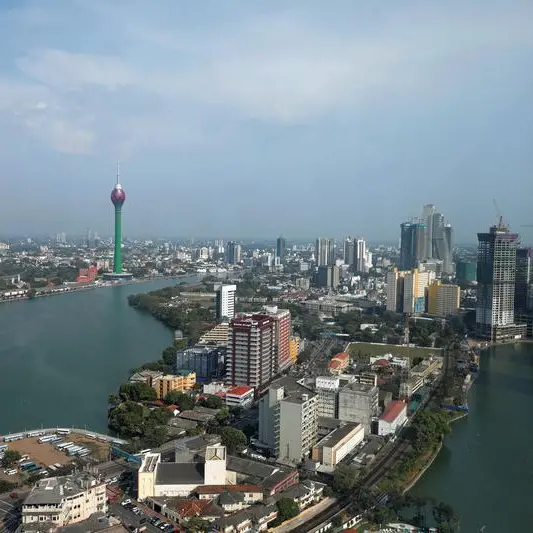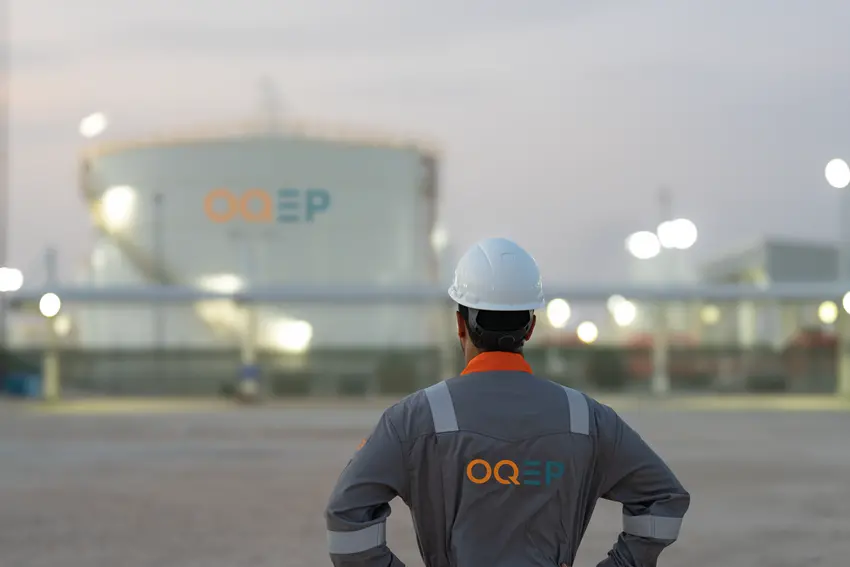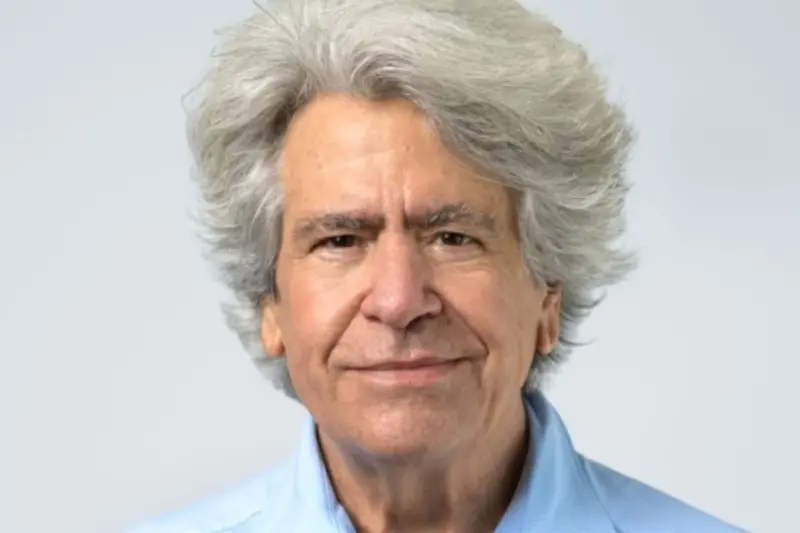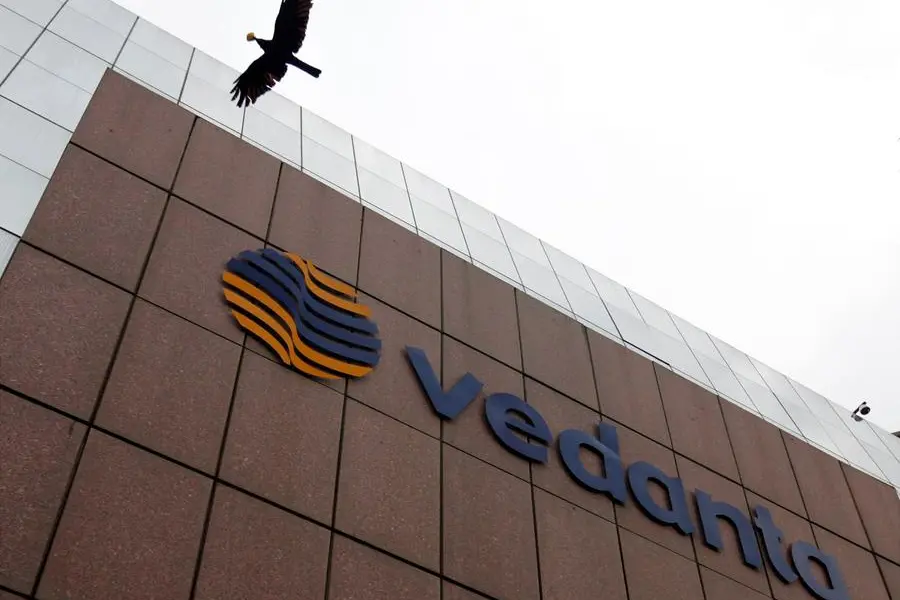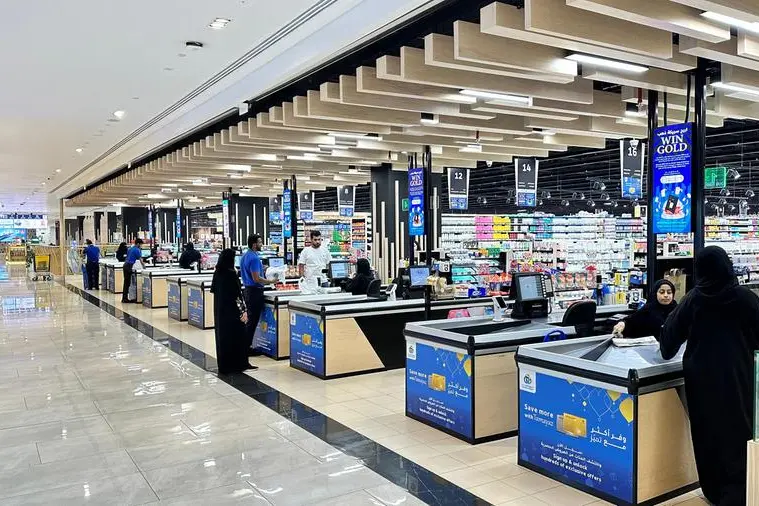PHOTO
HDFC Bank, India's largest private sector lender, will take 4-5 years to fully digest its merger with its parent last July but expects to restore a key financial metric to pre-merger levels at the end of that period, two sources familiar with the bank's thinking said.
The lender's quarterly earnings last week prompted a sharp 15% decline in the stock, even as its profit beat expectations, as analysts raised concerns about lending margins and sluggish deposit growth in its second quarterly report since merging with Housing Development Finance Co.
"We will see a period of consolidation for 4-5 years during which growth rates and trajectory of some of the metrics will differ from what we were used to in the bank but this a different institution now after the merger," said one of the sources quoted above.
Before the merger, the bank's return on equity was above 17%, but it has since declined to 15.8% as of December-end.
“We are very focused on profitable growth and we will see the return on equity move back to the levels we saw before the merger over this 4-5 year period,” this person said.
Other metrics, including the net interest margin, deposit and loan growth will be contingent on the economic environment and the strategic decisions the bank makes to adapt to the environment, the person said.
Following the earnings, investors and analysts criticised the bank for over-promising and under-delivering on certain metrics, particularly margins.
Over the past two quarters, the bank's management, during road shows and investor meetings, has guided towards an improvement in margins that has not materialised, said a fund manager invested in the stock, who declined to be identified as he is not authorised to speak to the media.
"We believe it will take another couple of quarters before one can see NIM improvement," Suresh Ganapathy, analyst at Macquarie Securities wrote in a note on Thursday.
The bank expects deposit growth to be influenced by the environment, where banking system liquidity is in a significant deficit, resulting in higher rates.
"In some cases, we have let deposits go because it doesn't make sense to us," said the second person quoted above.
Incrementally, the bank aims to maintain a loan-to-deposit ratio of around 80%, this person said, which will help reduce the overall LDR ratio.
The loan-to-deposit ratio reflects the share of deposits loaned out by a bank.
The liquidity buffer, known in banking terms as liquidity coverage ratio, is expected to rise back to the 115-120% range, up from the current 110%, this person said.
Loan growth, however, could see some slowdown on a net basis as the bank sells off assets, likely from its wholesale loan book, as high cost liabilities of HDFC Ltd mature.
The mix of loans may shift slightly more towards retail, which constituted 55% of the bank's book a few years ago, compared with near 45% now.
"It's a tightrope walk," said the second person. We have to balanced from a risk management, growth and profitability perspective, the person said.
($1 = 83.1140 Indian rupees)
(Reporting by Ira Dugal; Editing by Dhanya Ann Thoppil)
